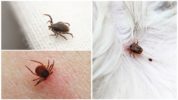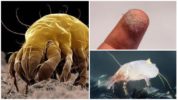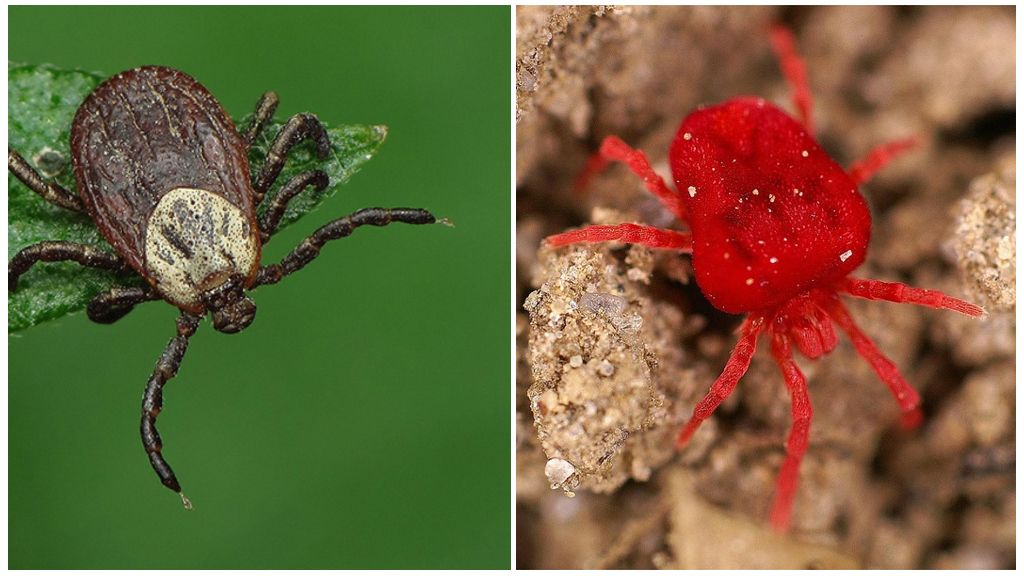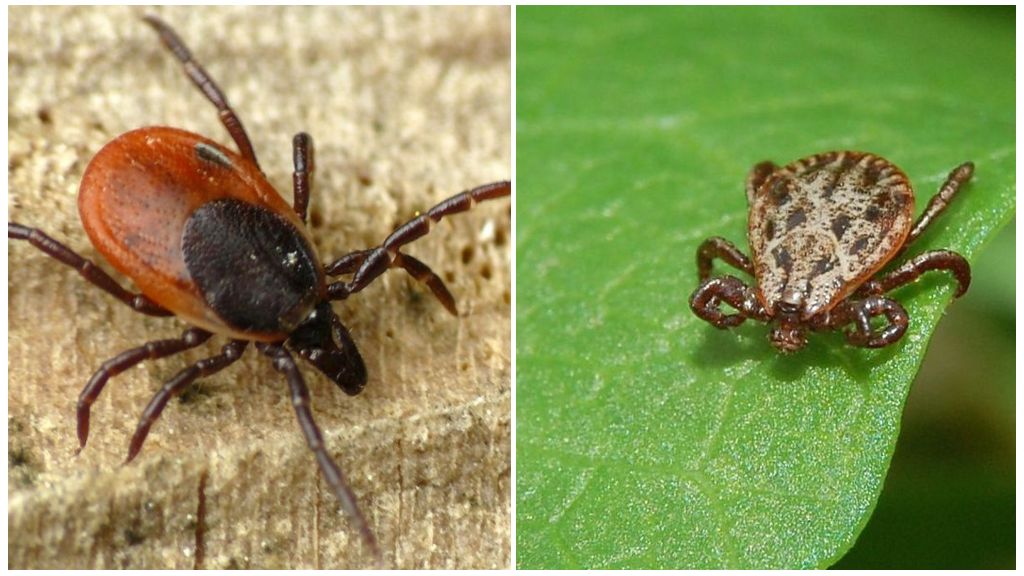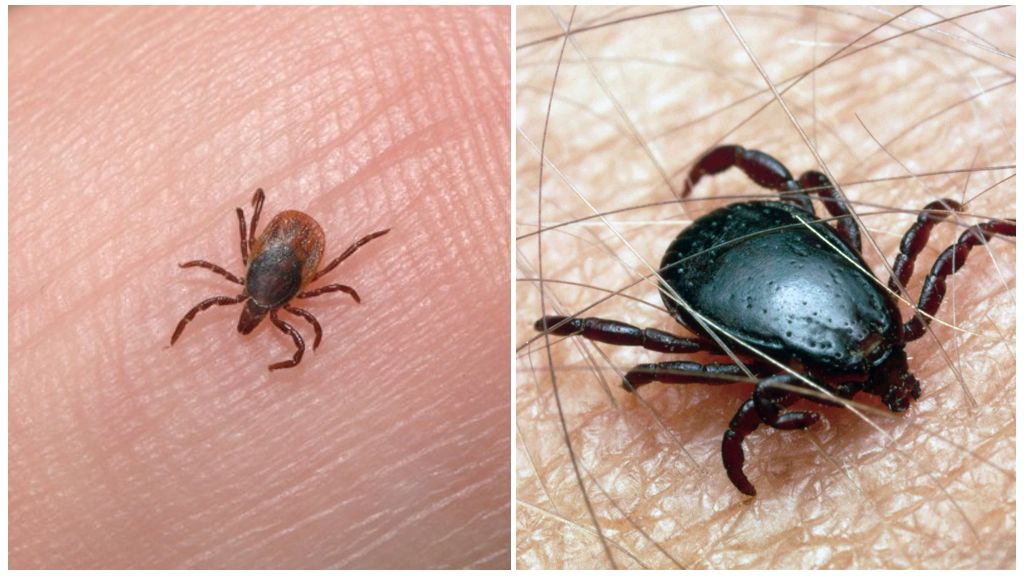- Eating tick encephalitis
- Dust mite feeding
Ticks distributed around the globe, they can be found on any continent in each of the climatic zones. They are divided into parasites, predators, plant pests (spider mites) and saprophytes. What ticks eat depends on their lifestyle. The diet is very diverse.
Power Features
For most mites, they appear as parasites on humans and animals, or as pests of garden or wild plants. This arachnid is more common than it seems. Recently, due to changes in the atmosphere, the distribution range has increased further. But besides blood, they can eat other products.
Depending on the species of the tick, its diet consists of different ingredients, sometimes arachnids live quietly next to us, and we do not even guess about such a neighborhood.
Tick-borne Encephalitis
Encephalitis in everyday life called ixodid ticksable to endure the disease of the same name - tick-borne encephalitis and borreliosis. The source of their food is blood, which is why their livelihoods are held in constant search of the victim. Depending on the stage of development, mites seek out:
- on the surface of the soil in the stage of the larvae of small rodents, as soon as they wait they firmly dig in and will not let go;
- hatched nymphs prefer larger individuals; they are interested in large rodents and small animals;
- an adult is able to quench the appetite only in the presence of a person or a large animal.
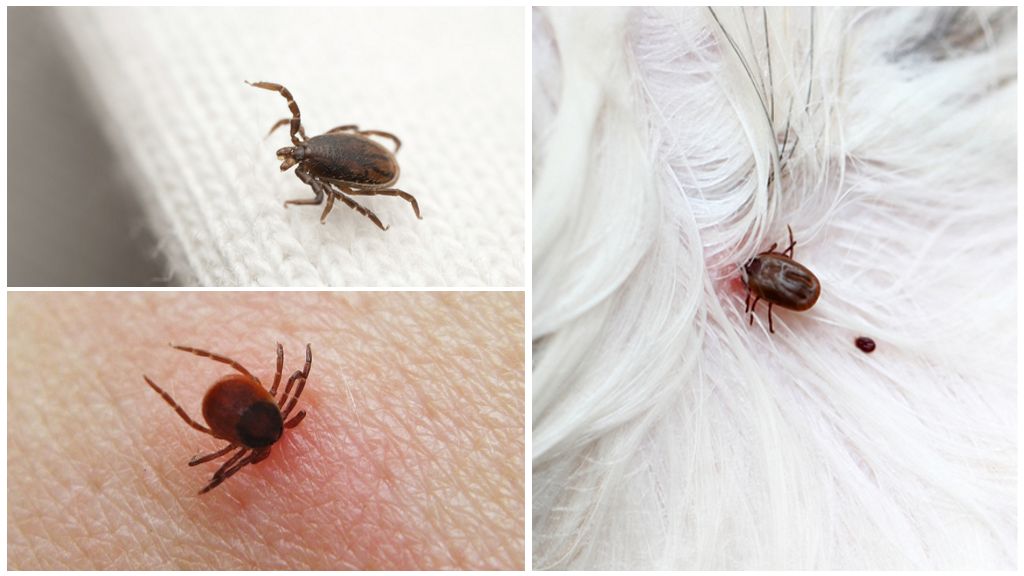
They choose a victim with the help of the heat radiated by it, the smell of sweat is also attractive to them. Favorite places were groin, armpits, lower back, area on the head behind the ears. With a bite, an arachnid penetrates 1/5 under the skin. Special enzymes completely anesthetize penetration, which can last from 5 to 15 hours.
Interesting!
Having eaten enough the tick falls off. After that, the female already manages to lay eggs.
Home variety
Mites, in addition to blood, feed on other human biomaterials. The home variety is present in any room, and it does not matter whether it is residential or not. Dust mites are an integral part of dust, they feed on dead particles of human skin or the epidermis of animals. Consider them with the naked eye does not work, they are very small.
A large number of such "tenants" are well developed under certain conditions:
- ambient temperature 23-25 degrees;
- humidity 70% -80%;
- lowest possible light access.
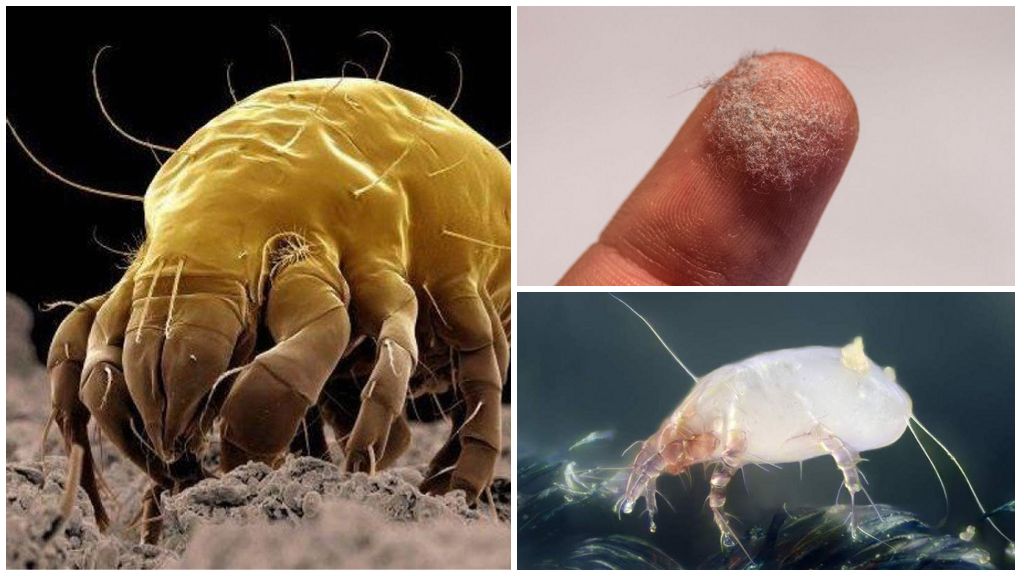
These conditions will contribute to the reproduction of ticks. They feel great in mold spores and yeast, library dust is a favorite place.
Barn view
These mites in the forest feed on fallen leaves, rotten wood, lichens on trees. For their normal development, high humidity and almost complete isolation from sunlight are necessary. Such pests can be found wherever there is at least some organic food and appropriate living conditions.
Important!
Often barn mites become the worst enemies for flour and grain, some can spoil the spikelets on the field.
Demodex
This type of parasite isdemodexes, is present in every person, for themselves, they chose a place more comfortable, on the face.The basis of their diet is fat from hair follicles, you should not try to examine them, you cannot detect them with the naked eye. In most cases, they coexist peacefully with a person, if in the conditions of something changing their discontent they express rudely and effectively. This can be recognized by a strong reddening of the skin, but an accurate diagnosis is established only after research. Demodecosis is successfully treated various means prescribed by the doctor.
